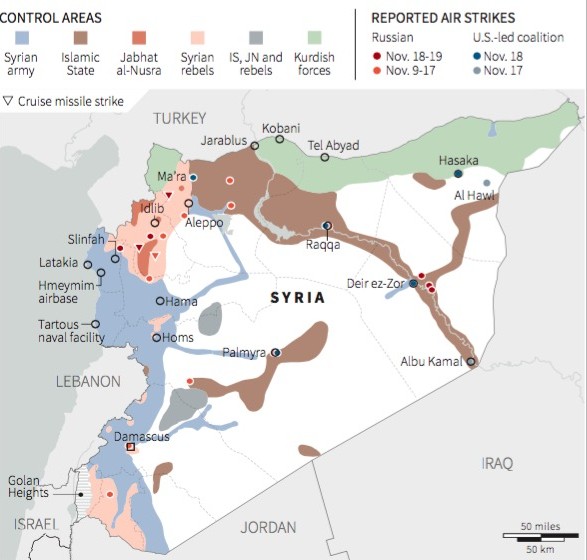As if to underscore the contrast between an autocracy and a democracy, China’s recent announcement that all six power-generating units at the world’s highest-elevation dam in Zangmu, Tibet, are now fully operational coincided with protesters stalling movement of trucks to Lower Subansiri, India’s sole large dam project currently under construction. After finishing the $1.6 billion Zangmu project on the Brahmaputra ahead of schedule, China is racing to complete a series of additional dams on the river. These dams, collectively, are set to affect the quality and quantity of downstream flows.
The water situation in India is far worse than in China, including in terms of per capita availability. China’s population is just marginally larger than India’s but its internally renewable water resources (2,813 billion cubic meters per year) are almost twice as large as India’s. In aggregate water availability, including external inflows (which are sizeable in India’s case), China boasts virtually 50% larger resources than India.
Yet, even as China’s dam builders target rivers flowing to India, including the Brahmaputra, Indus, Sutlej and Arun (Kosi), New Delhi has failed to evolve a strategic, long-term approach to the country’s pressing water challenges. The flash floods that ravaged Himachal Pradesh and Arunachal Pradesh between 2000 and 2005 were linked to the unannounced releases from rain-swollen Chinese dams and barrages.
China’s centralized, megaprojects-driven approach to water resources, reflected in its emergence long ago as the world’s most dam-dotted country, is the antithesis of the policy line in India, where water is a state (not federal) subject under the Constitution and where anti-dam NGOs are powerful. The Narmada Dam remains incomplete after decades of work. The largest dam India has built since independence — the 2,000-megawatt Tehri Dam on the Bhagirathi — pales in comparison to China’s giant projects, such as the 22,500-megawatt Three Gorges Dam and the new Mekong mega-dams like Xiaowan, which dwarfs Paris’s Eiffel Tower in height, and Nuozhadu, which boasts a 190-square-km reservoir.
India’s surface-water storage capacity — an important measure of any nation’s ability to deal with drought or seasonal imbalances in water availability — is one of the world’s lowest, in per capita terms. Amounting to 200 cubic meters yearly, it is more than 11 times lower than China’s. The 2030 Water Resources Group has warned that India is likely to face a 50% deficit between water demand and supply by 2030.
In 1960, India generously reserved more than 80% of the Indus basin waters for its adversary Pakistan under a treaty of indefinite duration. This pact remains the world’s most generous water-sharing arrangement. (The volume of waters earmarked for Pakistan — by way of comparison — is over 90 times greater than the 1.85 billion cubic meters the U.S. is required to release to Mexico under a bilateral treaty.)
India’s 1996 Ganges water-sharing treaty with Bangladesh guarantees specific cross-border flows in the critical dry season — a new principle in international water relations. This provision means that even if the river’s flows were to diminish due to reasons beyond India’s control — such as climate change or the planned Chinese damming of a key Ganges tributary, the Arun (Kosi) that contributes significantly to downstream Ganges water levels — India would still be obligated to supply Bangladesh with 34,060 cubic feet of water per second of time (cusecs) on average in the dry season, as stipulated by the treaty. Bangladesh’s share of current downstream flows is about 50%.
But China is not India: With its frenzied dam building, Beijing refuses to enter into a water-sharing arrangement with any co-riparian nation, even though its control over the Tibetan Plateau (the starting place of major international rivers) and Xinjiang (the source of the transnational Irtysh and Ili rivers) has armed it with unparalleled hydro-hegemony. There is deep concern among its riparian neighbours that, by building extensive hydro-engineering infrastructure on upstream basins, it is seeking to turn water into a potential political weapon. China pays little heed to the interests of even friendly countries, as its heavy upstream damming of the Mekong and Salween illustrate.
New Delhi has to brace for China moving its dam building from the upper and middle reaches to the lower, border-hugging sections of the rivers flowing to India. The Brahmaputra is particularly a magnet for China’s dam builders because this river’s cross-border annual discharge of 165.4 billion cubic meters into India is greater than thecombined trans-boundary flows of the key rivers running from Chinese territory to Southeast Asia. As China gradually moves its dam building to the Brahmaputra’s water-rich Great Bend — the area where the river takes a horseshoe bend to enter India, forming the world’s longest and steepest canyon in the process — it is expected to embark on Mekong-style mega-dams.
Only five rivers in the world carry more water than the Brahmaputra and only one — mainland China’s Yellow River — carries more silt. The Brahmaputra is the world’s highest-altitude river. It represents a unique fluvial ecosystem largely due to the heavy load of high-quality nutrient-rich silt it carries from forbidding Himalayan heights. The Brahmaputra annual flooding cycle helps re-fertilize overworked soils in the Assam plains and large parts of Bangladesh, where the river is the biggest source of water supply. The likely silt-movement blockage from China’s upstream damming constitutes a bigger threat than even diminution of cross-border flows.
India must get its act together, both by treating water as a highly strategic resource and by shining an international spotlight on China’s unilateralist course. Just as China — through a creeping, covert war — is working to change the territorial and maritime status quo in Asia, its dam frenzy is designed to appropriate internationally shared water resources. No country faces a bigger challenge than India from China’s throttlehold over the headwaters of Asia’s major transnational rivers and its growing capacity to serve as the upstream controller by reengineering trans-boundary flows through dams.
Brahma Chellaney is a geostrategist and the author, most recently, of “Water, Peace, and War.”



 Institute for the Study of War / U.S. Central Command / Reuters Russian aircraft
Institute for the Study of War / U.S. Central Command / Reuters Russian aircraft 
 Patton was himself a keen student of history, which, combined with a keen sense of the benefits of technology, made him a lethal commander.
Patton was himself a keen student of history, which, combined with a keen sense of the benefits of technology, made him a lethal commander.